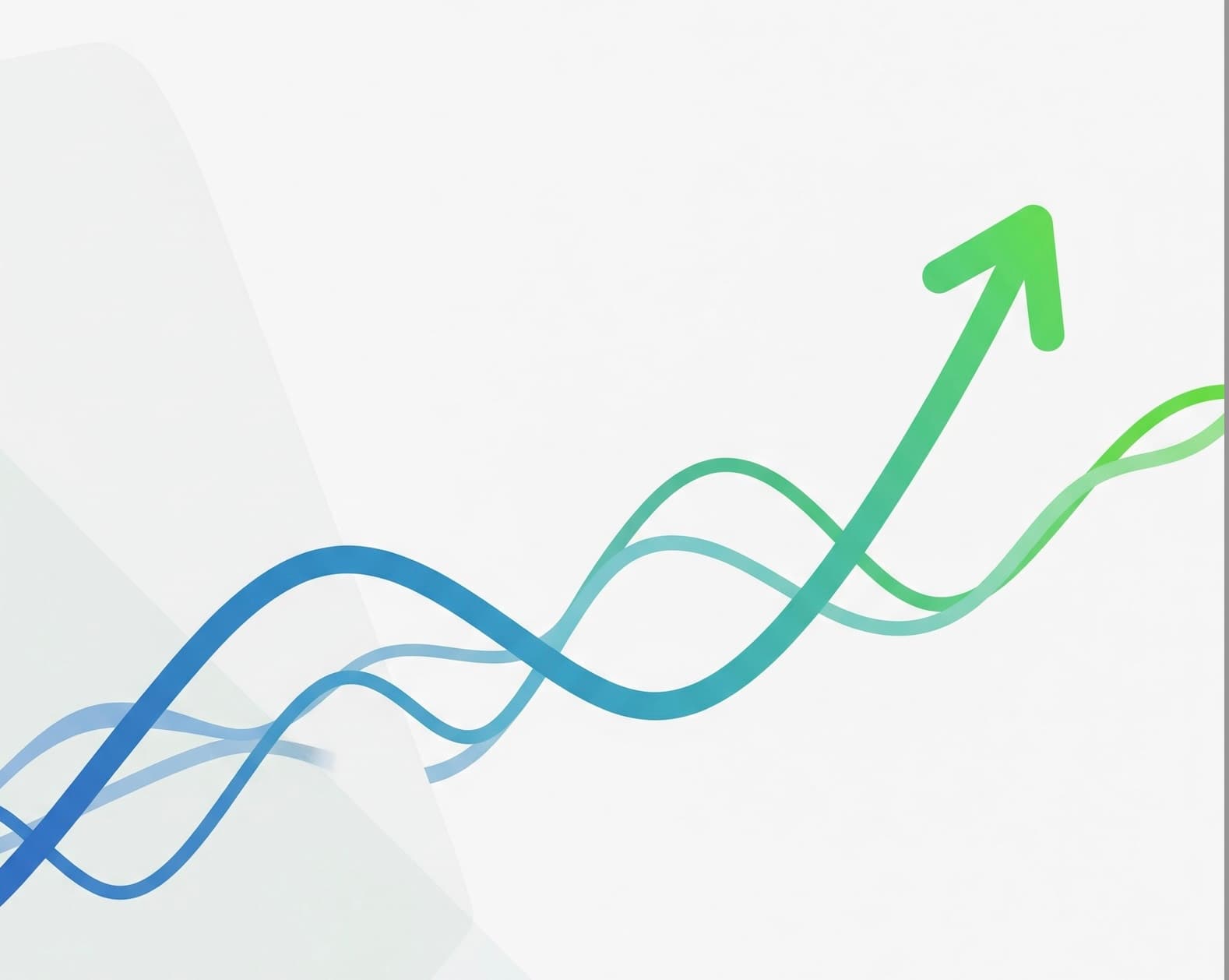The Ultimate Guide To Recovering Lost SaaS Revenue From Failed Payments
Failed payments impact SaaS revenue and lead to churn. Discover how to effectively recover lost SaaS revenue from failed payments with automated strategies and proactive churn prevention techniques.

Failed payments impacts growth for B2B SaaS businesses by impacting revenue, inflating churn rates, and leads to tedious manual recovery efforts. If failed payments are not effectively addressed it can eventually impact your financial health and customer relationships.
For B2B SaaS businesses, learning how to effectively recover lost SaaS revenue from failed payments is more than just recapturing funds; it's also about optimizing your customer lifetime value, improving retention, and ensuring stable, predictable growth. This guide will walk you through the essential strategies and automated solutions to turn those "failed" transactions into "recovered" success stories.
Understanding the True Impact of Failed Payments on SaaS Growth
Many SaaS companies underestimate the cumulative effect of failed payments. It’s not just the immediate loss of a monthly subscription fee. Consider:
Direct Revenue Loss: The most obvious impact. Each failed payment is a lost transaction, directly impacting your MRR (Monthly Recurring Revenue).
Increased Involuntary Churn: When payments fail and aren't recovered, the customer unintentionally churns. This "involuntary churn" is entirely preventable and often accounts for a significant portion of overall churn. This is a bigger deal than voluntary churn because these customers want your product and paid for it.
Operational Costs: It takes a lot of effort to contact customers, update billing details, and re-process payments and this takes up valuable time and resources that could be better spent on sales, marketing, or product development.
Customer Experience Degradation: Repeated failed payment notifications or a clunky process to update billing can frustrate customers, leading to actual voluntary churn down the line.
Effectively implementing strategies to recover lost SaaS revenue from failed payments directly addresses these issues, improving your bottom line and enhancing customer satisfaction.
Key Strategies for Automated Dunning Management
Dunning refers to the process of requesting payment for overdue bills. For SaaS, efficient dunning is crucial for subscription payment recovery. Manual dunning is time-consuming and often ineffective. This is where automation helps.
Setting Up Smart Follow-Up Sequences
The key to a successful payment recovery process is well-designed, automated follow-up sequences. This isn't just about sending a generic "payment failed" email. It involves a strategic series of communications designed to re-engage the customer and guide them toward updating their information.
Timeliness is Key: The first notification should go out immediately after the failed payment. Delays reduce recovery rates.
Multi-Channel Approach: Don't rely solely on email. Consider in-app notifications, SMS, or even a personalized phone call for high-value accounts.
Clear Call to Action: Make it incredibly easy for customers to update their billing information. Provide a direct, secure link to a branded portal.
Varying Messaging: Your follow-up emails should evolve. The first might be a gentle reminder, while subsequent ones could emphasize the importance of uninterrupted service or the potential for account suspension.
Providing a Seamless Billing Update Experience
Once a customer clicks your link, their experience in updating payment details must be frictionless. A clunky or insecure portal will lead to abandonment and continued revenue loss.
Branded Payment Portal: A custom-branded portal reinforces trust and maintains a consistent brand experience.
Mobile Responsiveness: Ensure the portal works perfectly on any device, as many customers might address these issues on the go.
Security and Compliance: Reassure customers their information is secure and your processes are compliant with industry standards.
Minimal Steps: Reduce the number of clicks and fields required to update information. Simplicity is crucial for higher conversion rates.
Beyond Dunning: Proactive Churn Prevention Techniques
While automated dunning is powerful for recovering lost SaaS revenue from failed payments, true churn prevention extends beyond just fixing payment issues. You need to understand your customers and anticipate potential problems.
Pre-Dunning Notifications: For annual subscriptions or large contracts, consider sending a reminder a few days before a renewal to ensure the customer's payment method is up-to-date.
Monitoring Engagement Signals: Tools that track customer activity, feature usage, and support interactions can help you identify customers at risk of churning before a payment fails.
Customer Success Integration: Connect your payment recovery data with your CRM. This way your customer success team can have a complete view of a customer's history, including payment issues, allowing for more informed and proactive engagement.
Analyzing Reasons for Failure: Over time, analyze common reasons for payment failures (e.g., expired cards, insufficient funds, bank declines). This data can inform improvements in your payment processing or communication strategies.
Stop Losing Revenue Today
Implementing a robust, automated system for recovering lost SaaS revenue from failed payments is necessary for any growing B2B SaaS business. Using smart dunning strategies, providing a seamless customer experience, and integrating payment recovery into a broader churn prevention strategy, can help you significantly boost your retention rates and maintain your MRR.
Ready to stop losing revenue to failed payments and boost your customer retention? Learn how ChurnDog can help you implement automated dunning and recover lost SaaS revenue from failed payments efficiently. Our platform offers automated workflows, real-time insights, a CRM to track your customers payment history and a seamless customer portal designed specifically for B2B SaaS companies.
Want to read more about churn prevention and revenue recovery?
Back to all blog posts